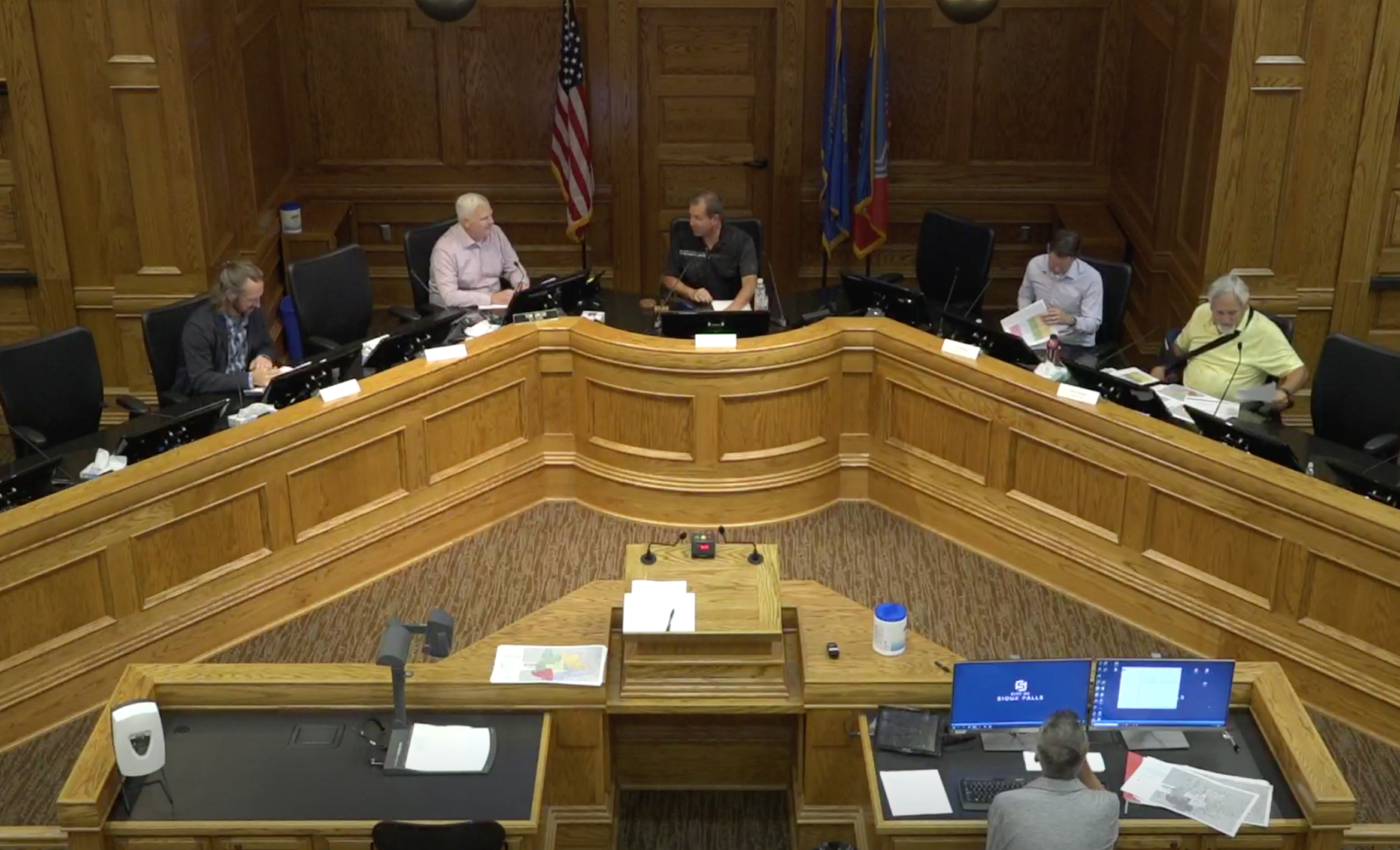Simplified: The Districting Commission is a five-member group with a job impacting more than 192,000 people. They're the ones drawing the lines that determine City Council districts.
Why it matters
- Sioux Falls is growing, but not all parts of town are growing at the same rate.
- With new 2020 census data, the boundaries need to be redrawn for Sioux Falls' five council districts to make sure all areas are equally represented by city government.
- Whether or not you vote, the councilor in your district is making decisions that affect you.
- And the five-member districting commission for the city is making decisions now that will affect how you're represented.
"We want public participation before we're too far down the road," said Mark Millage, a districting commission member representing northwest Sioux Falls. "We don't want somebody to, after we've made a recommendation, to show up at the last City Council meeting to protest."
How has the population of Sioux Falls shifted?
The biggest changes from the last boundary change were in central and northeast Sioux Falls. Data is from Jeff Schmitt with the city planning office.
The central district – as it stands today – saw a nearly 4 percent decrease in population, according to data from the 2020 census.
- That's compared to 2017, the last time Sioux Falls district boundaries were redrawn based on city population estimates.
"Central, since it's landlocked, will always continue to shrink," Schmitt said.
The northeast district, on the other hand, saw a 35 percent increase in population.
The southeast district had the next biggest shift in population with a nearly 15 percent increase. In terms of population, it's currently the largest district before the redrawn boundaries.
Both the northwest and southwest districts stayed within about 3 percent of where they were four years ago.
How does redistricting work?
The districting commission, with the help of city officials, has to decide how to put the puzzle pieces together for districts.
Here are some parameters they're working with:
- Districts have to be contiguous.
- The commission cannot split precincts. Essentially, the puzzle pieces are set, and all they can do is move them around.
- Districts have to have the same number of people in them, or, as close as they can.
The commission is also trying to project forward to make sure the boundaries they're drawing now will still be as close to equal as possible five to 10 years from now.
Joe Kippley, who represents the southeast district on the commission, said that's where some of the strategy has to come into play.
"Do we try to make (southeast) one of the smaller districts now to anticipate that over the course of 10 years it'll grow at a faster rate than others?" he said. "Sometimes it's easier said than done."
What happens next?
The commission has until Oct. 25 to make their final recommendation available to the public.
Then, it moves to the City Council, which has until Dec. 28 to disapprove the plan. The plan is deemed adopted unless the council disapproves it, per city rules.
The first election to take place under the new boundaries will be the mayoral and council election on April 12, 2022. Four council seats will be open.


